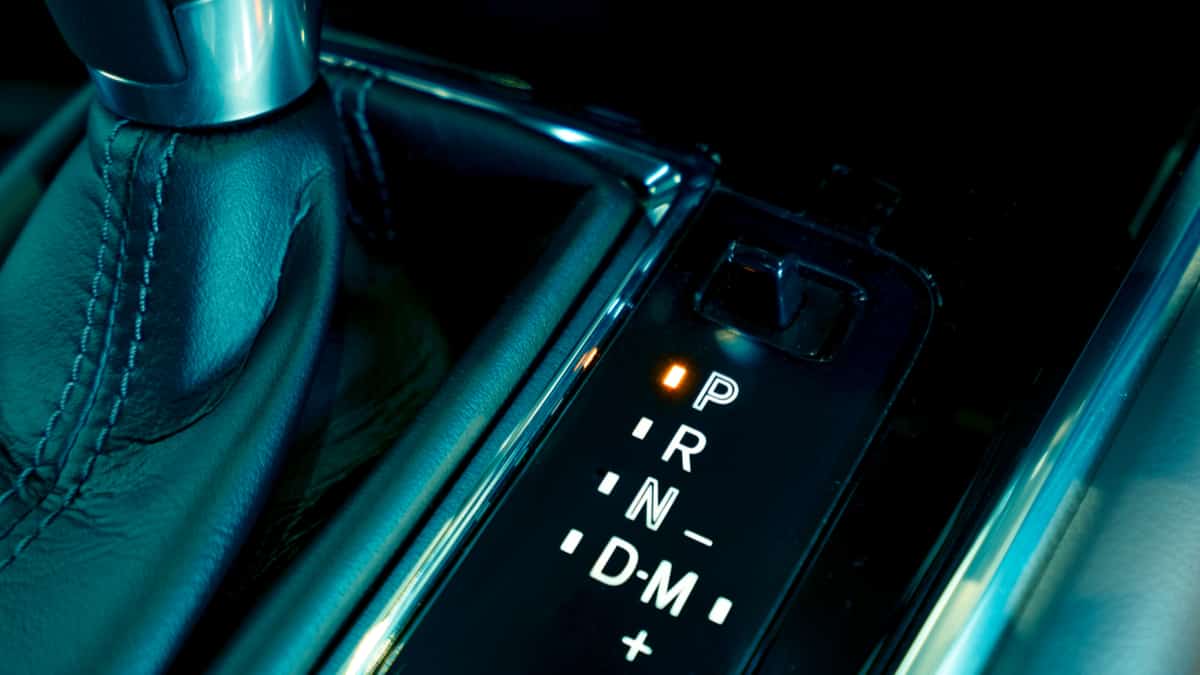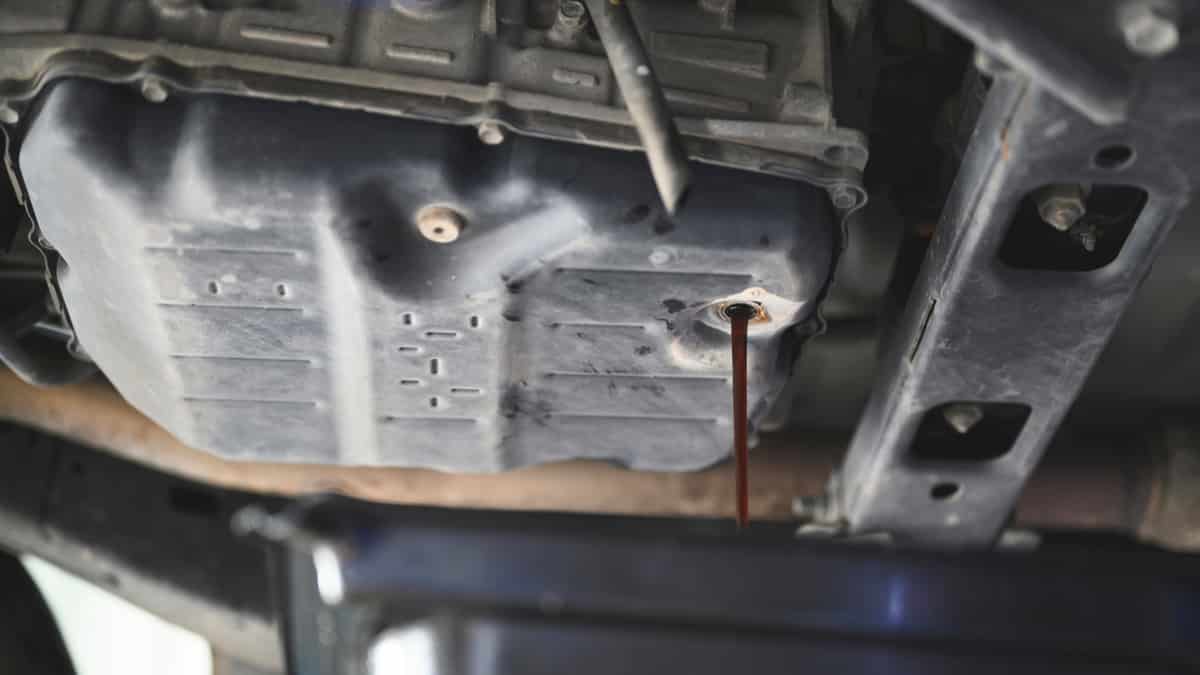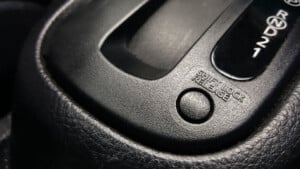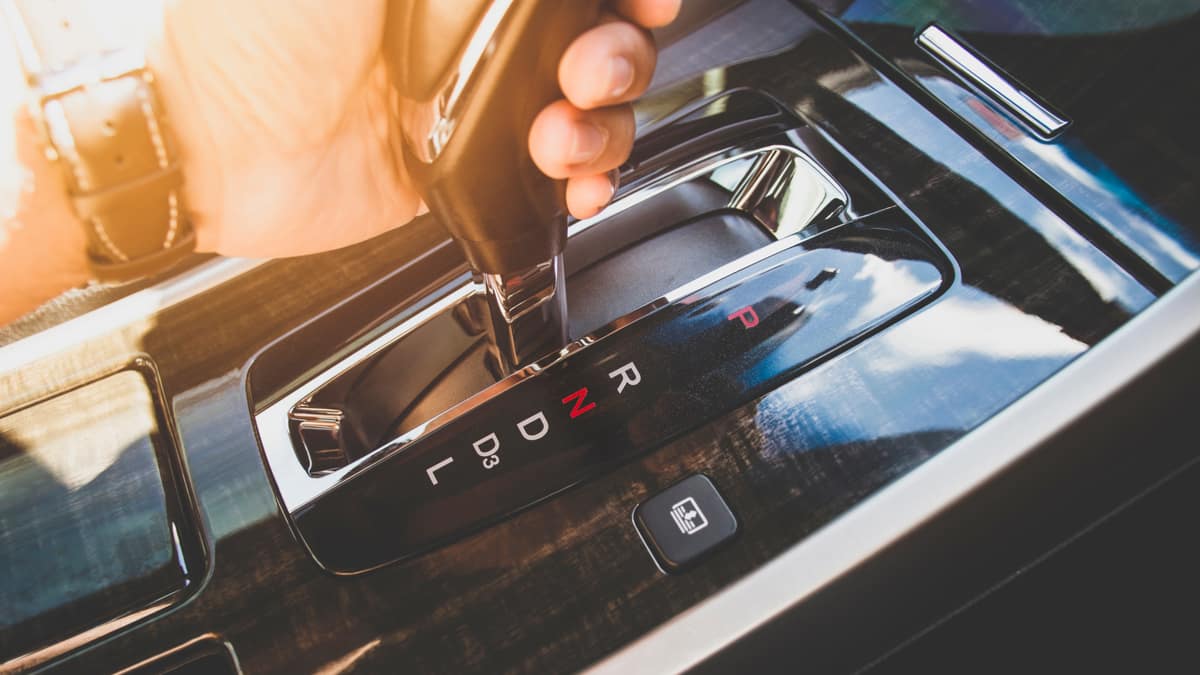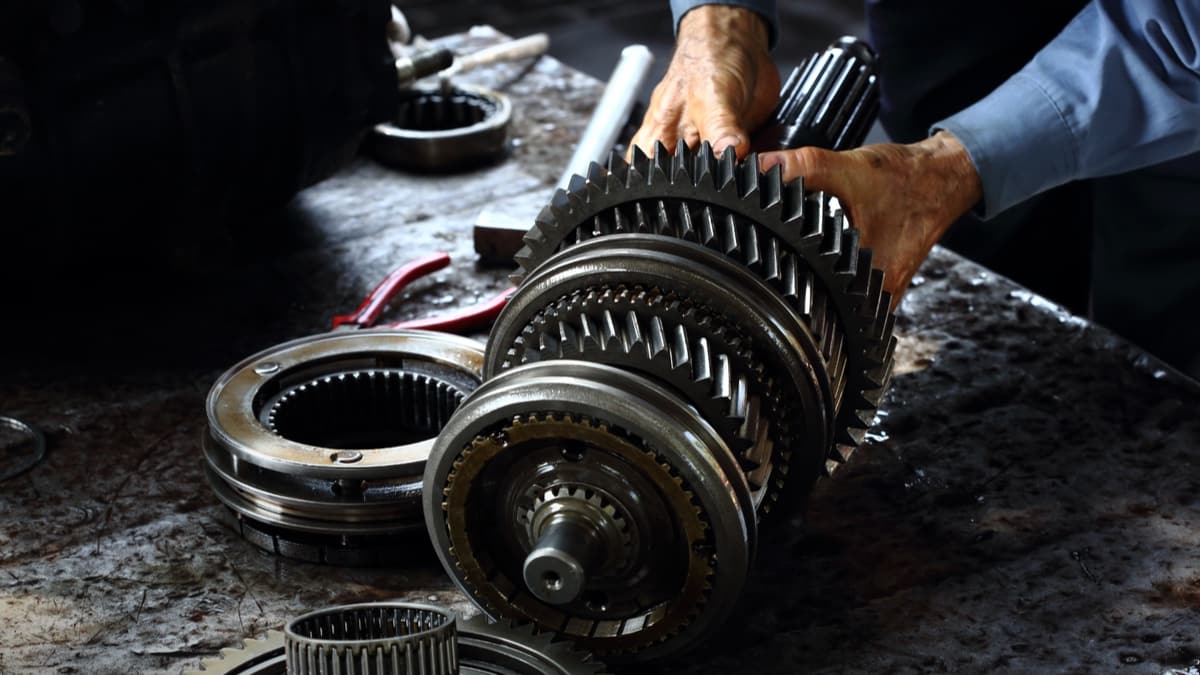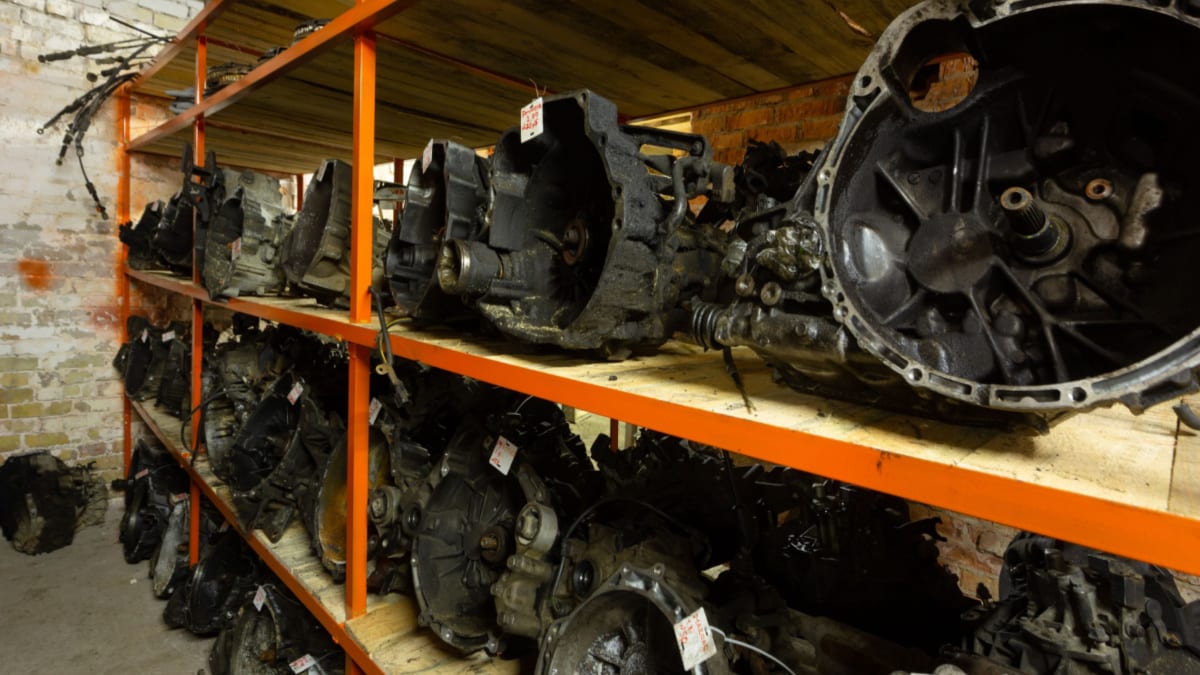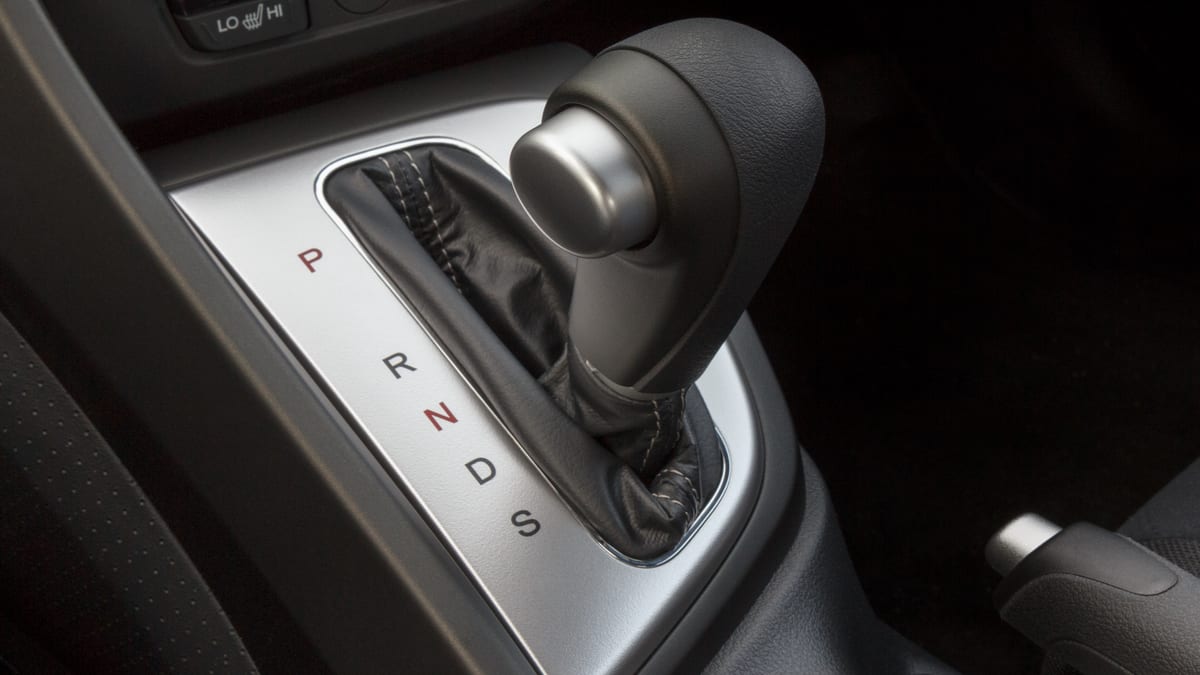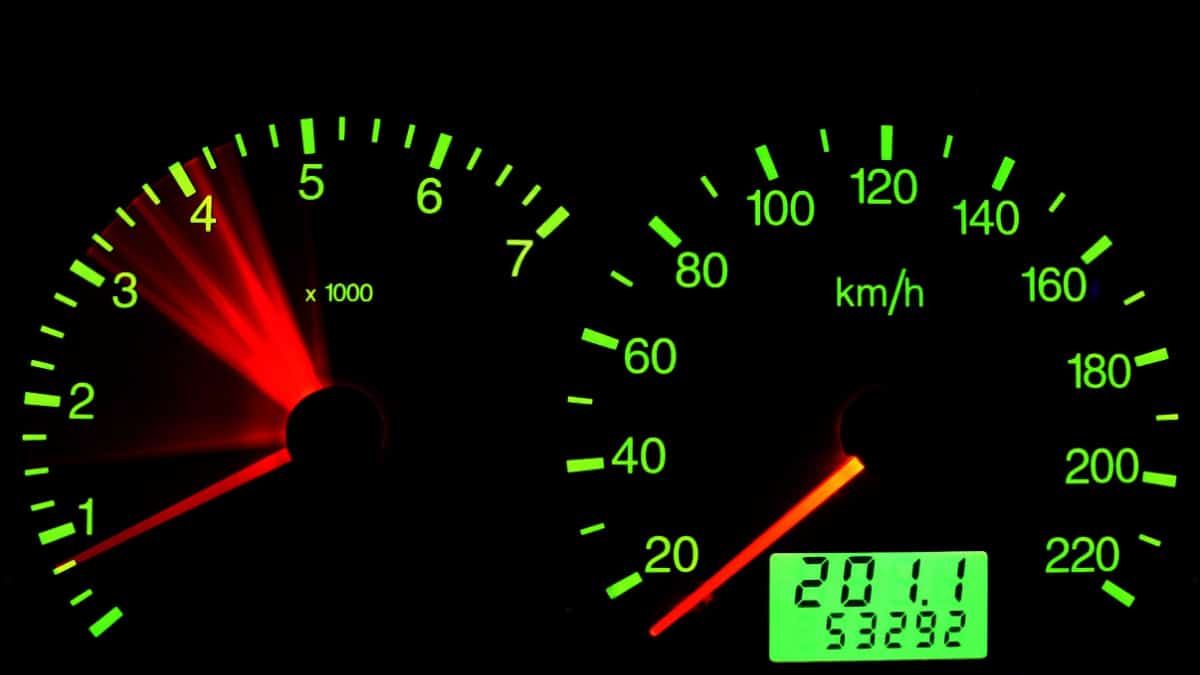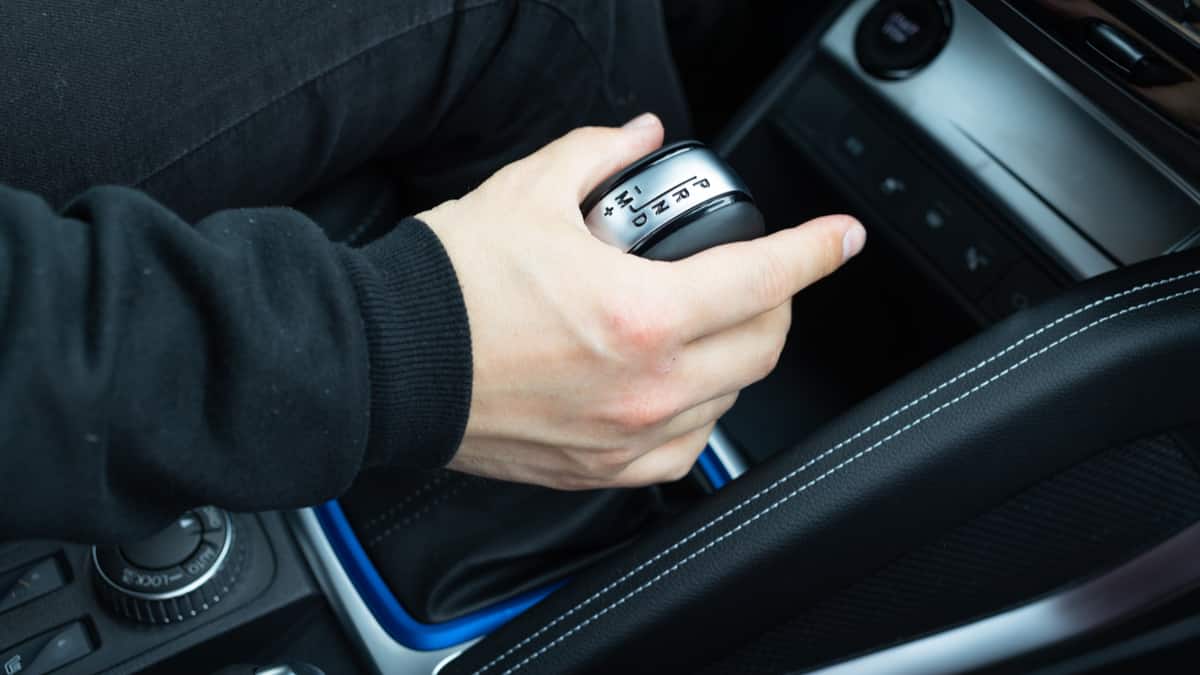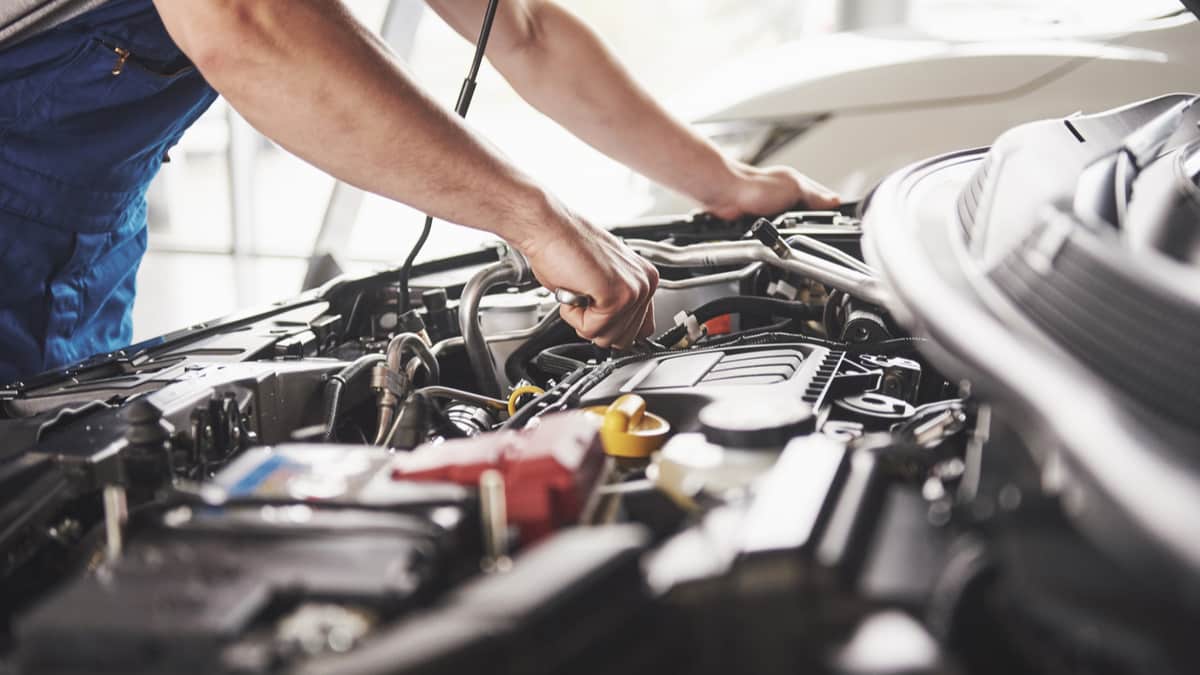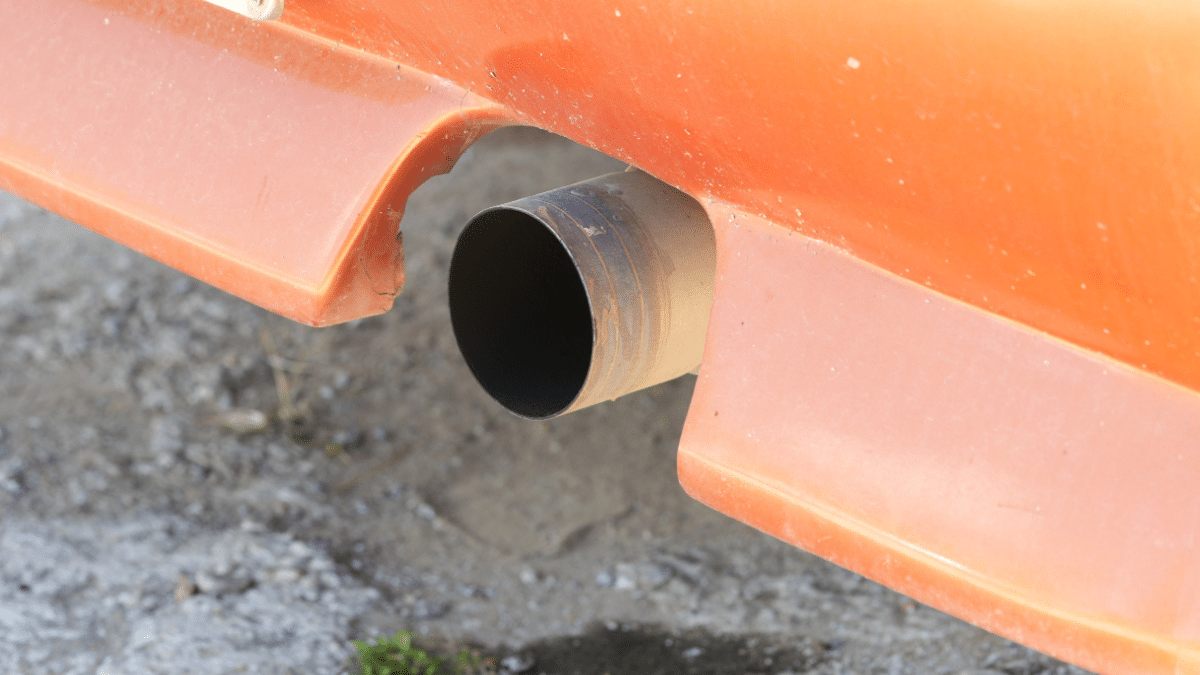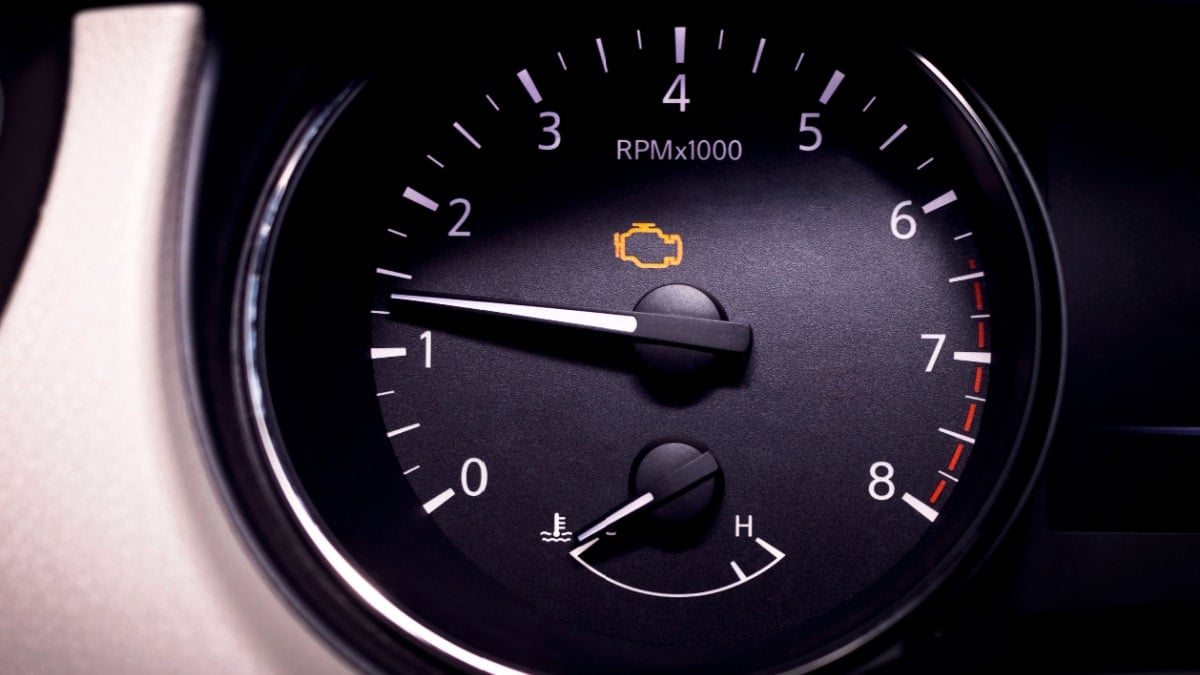When you get behind the wheel of your car, you expect to turn the key and start driving. So, what do you do when the car won’t shift out of Park? While this condition can seem troubling, it doesn’t always mean that something major is wrong.
In this article, I discuss the top three reasons that the car won’t shift from Park. I will also show you what to do if you find yourself in this situation.
Why Won’t My Car Shift Out of Park?
Your car might not be able to shift out of Park because of intense pressure on the transmission from a steep incline. It can also be caused by a malfunctioning shifter interlock or a brake switch’s failure, which can easily be repaired.
Here is more detailed information on common causes of why a car won’t shift out of Park:
1. Increased Pawl Pressure

If you park your vehicle on a steep incline, the parking pawl can experience much more pressure than normal. In these cases, it wedges itself into the parking gear because of the pressure. Because of this intense weight, it can be difficult to get the car shifted out of the Park position.
The only way to resolve the pressure is to move the vehicle. With the help of another person, you might be able to rock the vehicle enough to get it out of Park. If not, it would be necessary to use a tow vehicle to alleviate this pressure.
In the future, the best way to prevent this situation is to set the parking brake first when stopping on a steep incline. By putting the parking brake on before placing the transmission in Park, you put all of the weight on the brake assembly instead.
2. Malfunctioning Shifter Interlock
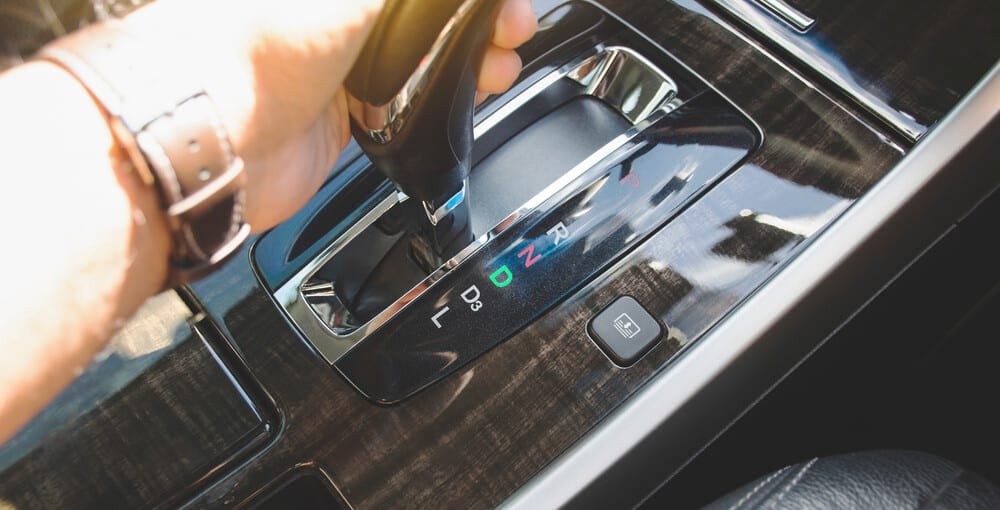
All modern vehicles come equipped with a shifter interlock system. This feature keeps the vehicle from being accidentally shifted into Drive or Reverse when it’s not appropriate. To deactivate the shifter interlock, you normally need to step on the brake pedal.
When the system fails, you won’t be able to shift the car out of Park. However, some manufacturers do install a shift lock release just in case of emergencies. With this release, you may be able to override the interlock and shift into gear.
You might also be able to bypass the system by turning the key to the accessory position and putting the shifter into Neutral. From here, it’s possible to start the vehicle. You can also access the manual shift lock override with a flathead screwdriver. However, the location of this override is different in each vehicle, requiring that you look at your owner’s manual.
3. Brake Switch Failure
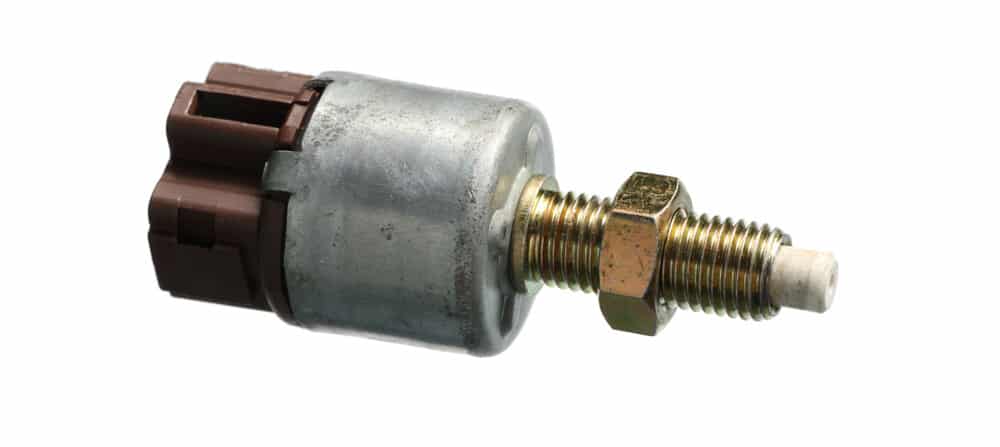
For the shifter interlock to work as it was intended, the brake pedal must be functional. With the actuation of the brake switch, the system detects when the brake pedal is applied, so it can release the shifter.
However, if the switch fails, the interlock function may stop working. It will continue to operate as if you aren’t stepping on the brake pedal.
To diagnose the faulty brake switch, you can have a friend watch the brake lights as you step on the pedal. If the lights don’t come on, it’s possible that the switch is bad, although, you will need a multimeter for a complete diagnosis.
Thankfully, replacing the brake switch is a simple job. You won’t need any advanced experience to complete the job.
4. Transmission failure
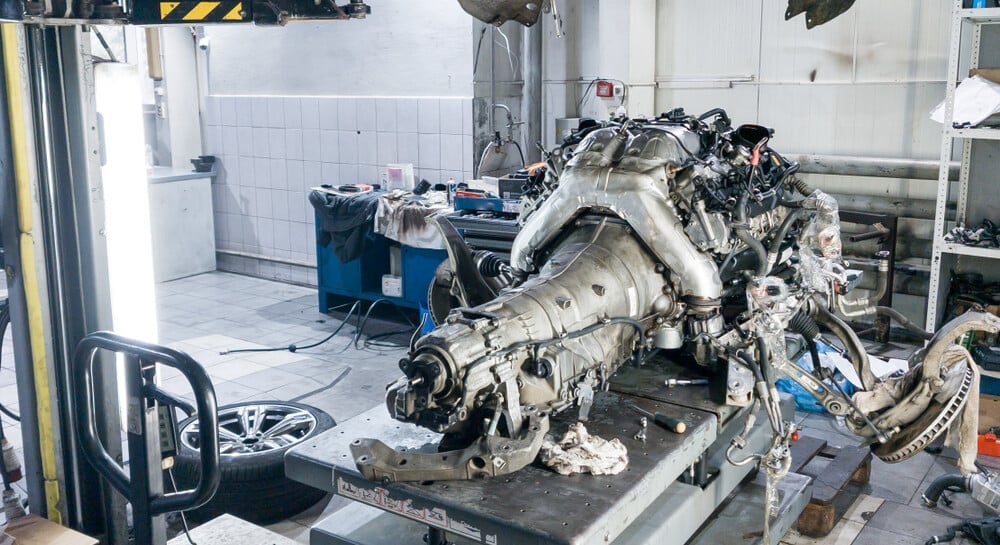
In some rare cases, it can also be damaged parts inside the transmission that are causing it to not shift out of Park. This requires some advanced diagnostic tools and knowledge to check properly.
You can replace these issues like a shifter solenoid from the transmission oil pan in most cases, but sometimes you need to remove the whole transmission.
What is the Park Setting on an Automatic Transmission?
The automatic transmission comes with a Park setting, which helps to increase safety. When a vehicle is placed in the Park (P) setting, it isn’t supposed to move anywhere.
These transmissions include a parking pawl designed to keep the vehicle in place when directed. The lever-type device engages with the parking gear to maintain its location. Once you move the shifter out of the ‘P’ location, the parking pawl disengages and allows the transmission into the appropriate gear.
What to Do When Car Won’t Shift Out of Park
1. Adjust the Weight
If the weight of your vehicle is keeping you from shifting out of Park, you might be able to get the parking pawl released with some force. Push the brake pedal down firmly before attempting to muscle the shifter out of Park, just in case the vehicle starts to move.
If you are successful with this operation, there might be a loud noise as the transmission engages. You could also get a friend to help you rock the vehicle slightly, in hopes of releasing some of the weight.
2. Look at Brake Lights
If this problem isn’t caused by the pressure, have someone look at the brake lights when you push down on the pedal. When the lights aren’t working, you can start by checking the fuses.
If everything looks good, it’s time to troubleshoot other reasons why the switch wouldn’t be working. If the car has a security system, you might need to disable it. Unfortunately, the brake switch can have two different circuits, so it can be faulty even if the brake lights are working.
3. Override Shift Interlock Solenoid
In some vehicles, you can override the shift interlock solenoid. Look under the shifter cover to see if there is a release. If you don’t see one there, you want to check the owner’s manual for the appropriate location.
However, this will only fix the problem temporarily. You will still want to have the fault repaired, especially if the brake lights aren’t working correctly.
4. See a Mechanic
If none of these solutions fix the problem, you need to have a technician take another look. Because you can’t drive the vehicle, you will also need to have the car towed, which adds to your repair bill. However, once the problem is repaired, you shouldn’t have any more issues shifting out of Park.
Categories: Transmission, Troubleshooting
